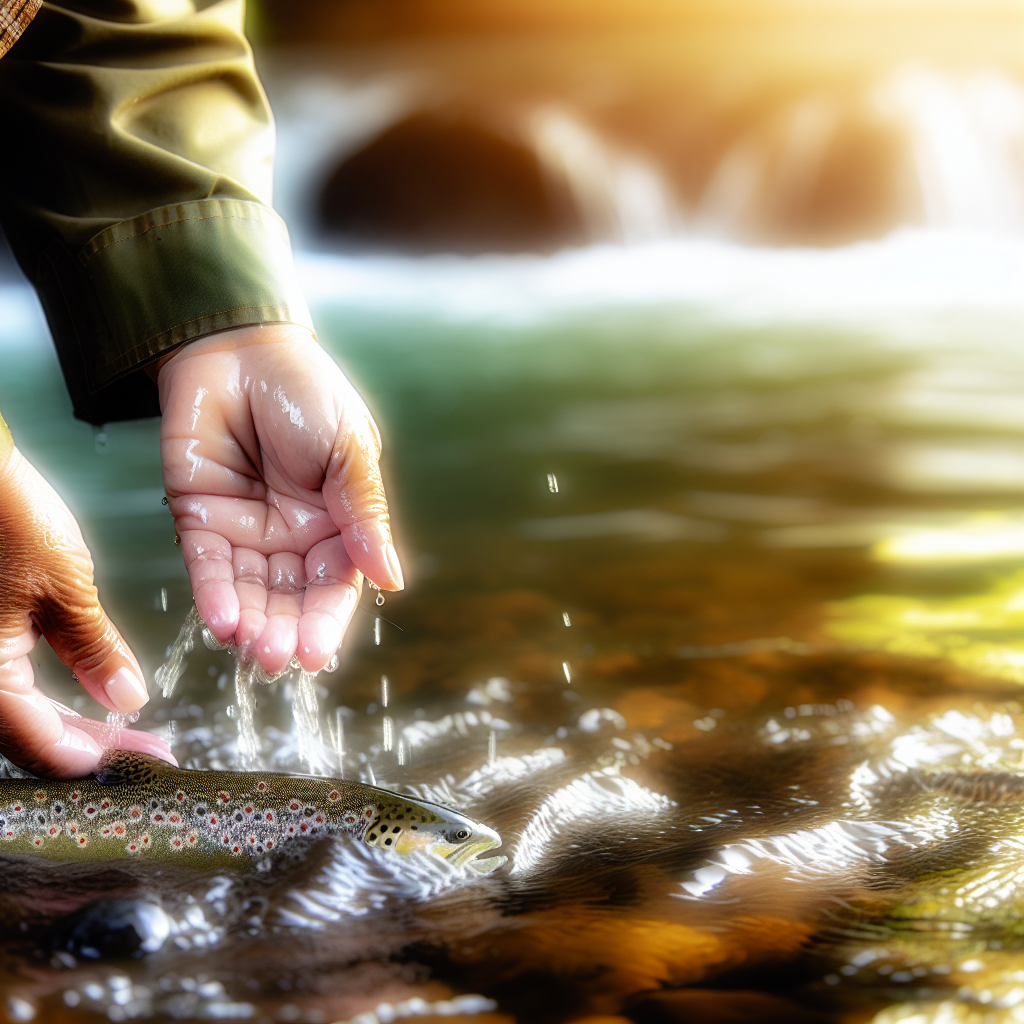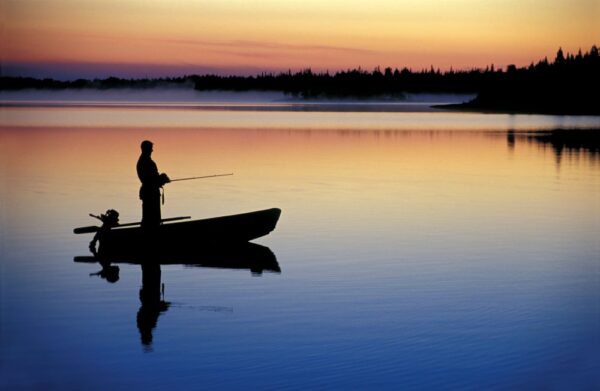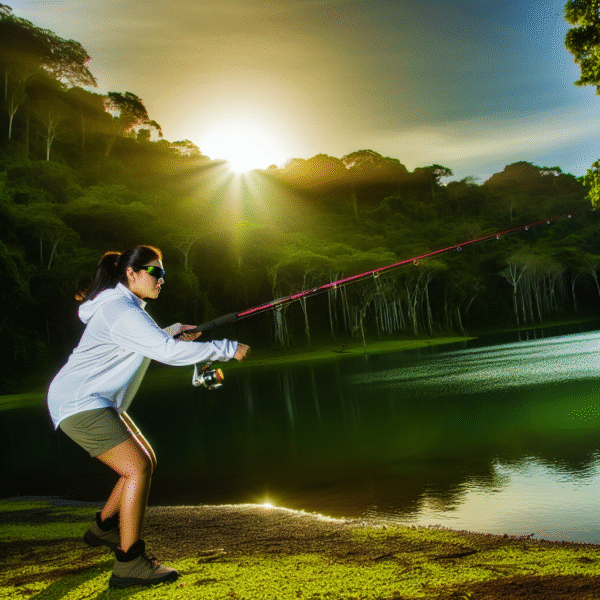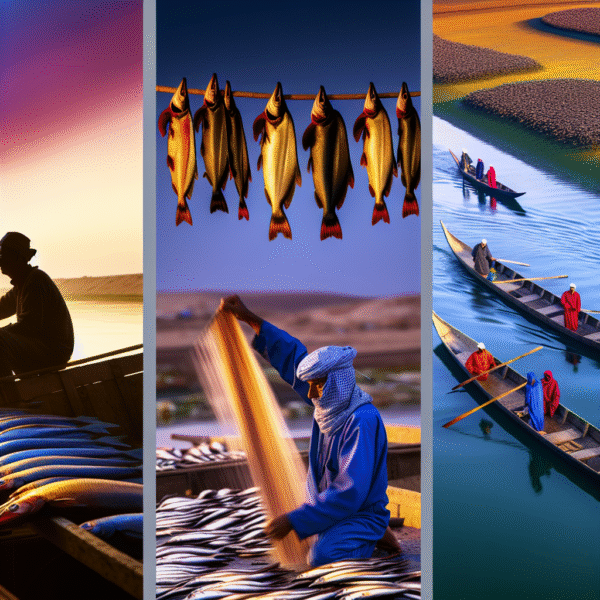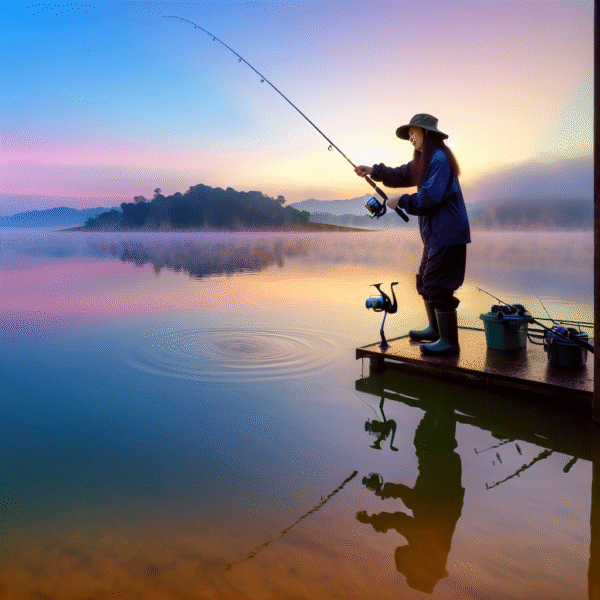The Rising Appeal of Catch and Release Fishing
Catch and release fishing is gaining popularity with anglers who want to experience the outdoors while protecting aquatic life. From casting for brown trout in Montana’s Madison River to stalking bonefish off the coast of Belize, this approach offers a satisfying balance between adventure and conservation. Whether you’re traveling solo, with a family, or on a group expedition, learning how to responsibly catch and release ensures fish populations—and fishing experiences—thrive for years to come.
However, there’s much more to catch and release fishing than simply releasing a fish back into the water. Proper technique, ethical decision-making, and the right gear are all essential to ensure survival after release. Drawing on tips from guides, scientists, and seasoned anglers, this guide explores how to do it right—and where to enjoy the excitement of catch and release around the world.
Mastering Catch and Release Fishing Techniques
To truly succeed at catch and release fishing, anglers must focus on minimizing fish stress and injury. Begin with barbless hooks, or crimp the barbs with pliers. This may lead to a few missed catches at first, but it significantly reduces harm during hook removal.
Use gear that suits the fish species. Lightweight rods can prolong battles and overtax fish, so choose tackle that allows for quicker landings. Keep fish in the water during handling. If you must lift them, wet your hands first to protect their mucus layer, which helps prevent disease.
Remove hooks with long-nose pliers or hemostats. If a hook is lodged deeply, it’s often best to cut the line, avoiding further damage. When returning the fish, support it gently in moving water, facing upstream. Let it swim off on its own—never toss a fish back in hastily.
Regional fishing regulations often provide essential guidance. In Montana’s Gallatin River, for instance, special rules protect native cutthroat trout. Educational signs posted along streams help anglers practice respectful handling, especially in high-traffic areas.
Essential Gear for Successful Releases
Your gear selection makes a real difference in catch and release fishing. Rubber or silicone landing nets reduce injuries to fish more effectively than traditional knotted or nylon mesh. Brands such as Orvis and Fishpond offer nets specifically created for conservation-focused anglers.
Using circle hooks can prevent deep hooking, especially effective for saltwater species like tarpon or snook. Artificial lures and flies further minimize internal injuries caused when fish swallow bait, improving post-release survival rates.
Many outfitters in fishing destinations like Queenstown, New Zealand, and Banff, Canada sell ready-to-use catch and release kits. These often include pliers, hook removers, gloves, and barbless hooks—compact tools perfect for travelers and beginners alike.
Global Destinations for Catch and Release Adventures
Across the globe, pristine catch and release experiences await. In northern California, the McCloud River offers secluded pools brimming with rainbow and brown trout—ideal for fly fishing. Just a short drive from Mount Shasta, it’s both scenic and rewarding.
Patagonia’s Malleo River in Argentina is a lesser-traveled gem, surrounded by the Andes. Seasoned guides encourage single-hook, barbless flies and fast handling, increasing fish survival in this tranquil setting.
Closer to home, East Coast families can visit Shenandoah National Park in Virginia. There, native brook trout waters are protected by strict seasonal limits, teaching young anglers sustainable practices.
For wilderness adventures, consider the Kangia River in Greenland, where Arctic char thrive. Professional guides follow strict conservation tactics, helping solo travelers experience one of the Arctic’s most breathtaking fisheries responsibly.
Even urban areas have hidden fisheries. Lady Bird Lake in Austin, Texas, offers stellar largemouth bass fishing right in the city. Local nonprofits like Texas River School host educational catch and release clinics for children and families.
Ethical Angling: A Deeper Commitment
Ethical catch and release fishing is about more than simply releasing a fish—it’s about reducing harm and supporting ecosystem health. Understanding fish species and their stress levels is crucial. Cold-water species such as trout are particularly sensitive in warmer months. In peak summer, responsible anglers often fish early in the morning or take a seasonal break.
Heed closed seasons and no-fishing zones, which protect fish during critical spawning times. Many areas offer education programs open to visitors. In Oregon, the Angler Education Program helps newcomers understand regional rules and ethical approaches.
Guides around the globe reinforce ethical habits. In Belize’s Placencia region, local captains work with researchers to tag and release permit and tarpon. These programs offer anglers a hands-on role in fish conservation and research.
Sometimes, doing less is more. If fish show signs of stress or low activity, it’s ethical to move to another spot—or call it a day. A reduced footprint ensures the rhythm of the ecosystem remains intact for others to experience.
Introducing Kids to Responsible Fishing
Fishing with children? Catch and release fishing is a great way to connect them with nature while teaching care and respect. Start at calm, well-stocked waters such as Big Bear Lake in California or the Huron River in Michigan. These family-friendly spots offer shoreline access and gear rentals.
Teach kids to use barbless hooks and light rods, and encourage the use of artificial bait or worms. Wetting hands before fish handling and gently releasing fish together builds good habits early on. Celebrate each release to make it meaningful and educational.
Programs like Fishing’s Future run free clinics for families from Texas to Florida. These volunteer-led workshops teach handling techniques, knot-tying, and ethical guidelines that promote long-term stewardship of watersheds.
Some eco-lodges combine catch and release fishing with wildlife tours or cultural activities. For example, near Livingston, Montana, the iconic Yellowstone River makes a perfect base camp—just minutes from Yellowstone National Park’s geothermal wonders.
Why Catch and Release Fishing Matters
Catch and release fishing is more than a method—it’s a philosophy that blends recreation with responsibility. Whether you’re wading a Catskills stream or fly fishing the Yucatán flats, your choices can enhance aquatic ecosystems rather than harm them.
By practicing proper techniques, choosing eco-friendly gear, and educating ourselves and others, we help preserve our waterways and fish populations. It’s a legacy we pass down—one fish, one river, and one new angler at a time.
